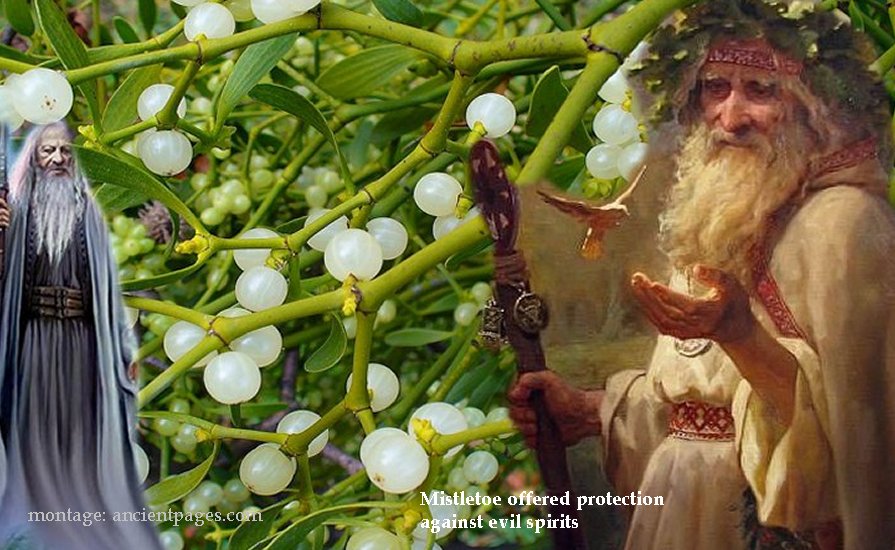Trees Are Deeply Rooted In Beliefs And Cultural Traditions Of Ancient People Around The World
A. Sutherland AncientPages.com - We like to sit on a bench under a tree for a moment to remember childhood play or contemplate, and we know living in nature is very positive.
Credit: Adobe Stock - Mason
However, the interesting question is, how much do we know about the trees and how important they have been for our ancestors?
Trees have accompanied us from the earliest times.
The ancients observed their dying and rebirth and knew that symbolically, a tree's crown reached heaven, and its roots touched the underworld. In a way, a tree was a link between the earthly and supernatural worlds.
Many legends, myths, and beliefs associated with the old cult of trees have been inspired by human imagination. Even today, trees play an important role in traditional cultures worldwide. In many mythologies, the tree is represented as the source of life, the center of the universe, and the cosmic tree.
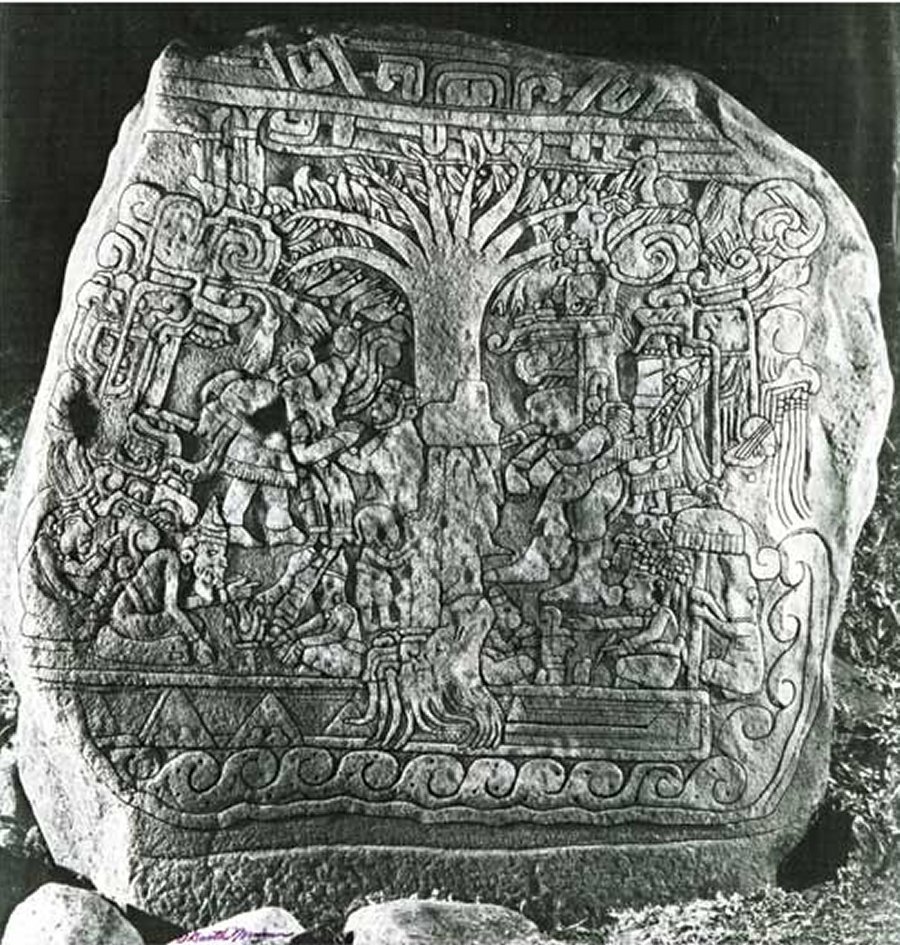
The tree in the center of the image is identified as a Mesoamerican Tree of Life, connecting the heavens and the underworld below. Early Photograph of Izapa Stela 5, 1976, V. Garth Norman
Among Christian symbols, we have the Easter palm and Christmas tree, and most civilizations of Mesoamerica cultures have an old belief in the power of the Ceiba Tree. At the same time, cedar is the most sacred tree in Native Americans' beliefs. Yggdrasil is an eternal and holy tree of life in Norse mythology, and in India, Kalpa Tree' Kalpavriksha' is an ancient wishing tree.
According to Babylonian beliefs, the trees were placed in the center, forming a starry sky rising toward the ocean, surrounding and sustaining the world. The trees' leaves were believed to be clouds, and their fruits were stars.
In Sanskrit scripts 'Upanishads, 'the cosmic tree is depicted with its roots lifted upward, and its crown is composed of four earthly elements: air, water, earth, and fire.
In the ancient tradition of the Slavic people, the tree grows out of the ocean, and in its crown, there are two birds - the devil and God (the creators of the dualistic world), and the tree's roots are a domain of the dragon (or serpent).
The serpent guards Yggdrasil in Norse beliefs, and the eagle lives right at the top of Yggdrasil's crown. Ancient religions of the Siberian people place a sacred birch tree in the center because on its branches live souls taking the form of birds.
In 'Shamanism,' Shirley Nicholson writes that according to the Semang Pygmies from Africa, "the dead goes to the Mapic Tree, and it is believed that this tree stands in the center of the island, where all the other dead are assembled. But the new arrivals may not wear flowers from the tree or taste its fruits until the dead who have preceded them have broken all their bones and reversed their eyes in the sockets so that they look inward…"
In myths and legends, a tree is not only a residence of human souls. The offerings were made under the trees - in the form of food, the blood of animals, or people. Ancient people also believed people were created from trees or turned into them. Ancient Greeks believed, for example, that humanity was made from an ash tree that symbolized bravery and strength.
Roman "Metamorphoses" by Ovid mentions a story of Philemon and his wife Baucis, who wished to be turned into a tree with roots after their death, and Odin, God in Norse mythology, had to hang on the magical tree of Yggdrasil for nine days and nights to come in possession of secret knowledge of the runes.
According to legends, the Buddha was born and experienced enlightenment under a fig tree, and while escaping from Egypt, the Blessed Virgin Mary, the Mother of God, found shelter in a lime or hazel tree, which is why these trees are sacred.
This article gives only some examples of the importance of trees in human lives. The tree has its natural roots and is deeply rooted in people's beliefs and traditions even today.
Written by – A. Sutherland AncientPages.com Staff Writer
Updated on January 20, 2024
Copyright © AncientPages.com All rights reserved. This material may not be published, broadcast, rewritten or redistributed in whole or part without the express written permission of AncientPages.com
Expand for referencesReferences:
Nicholson S. 'Shamanism'
Sumegi A. Dreamworlds of Shamanism and Tibetan Buddhism: The Third Place
Franklin A. The Illustrated Encyclopaedia of Fairies
More From Ancient Pages
-
 Traces Of An Unknown Ancient Race Of Winged Beings And Other Mysterious Creatures Discovered In Japan
Civilizations | Nov 30, 2018
Traces Of An Unknown Ancient Race Of Winged Beings And Other Mysterious Creatures Discovered In Japan
Civilizations | Nov 30, 2018 -
 Unexplained Ancient Wars In America – Knowledge Of Ancient High-Tech Weapons? – Part 1
Featured Stories | Sep 29, 2020
Unexplained Ancient Wars In America – Knowledge Of Ancient High-Tech Weapons? – Part 1
Featured Stories | Sep 29, 2020 -
 How Sæmundur The Wise Tricked The Devil Three Times
Featured Stories | Jun 8, 2020
How Sæmundur The Wise Tricked The Devil Three Times
Featured Stories | Jun 8, 2020 -
 Clovis Burial At Anzick Site And New Questions About Early Inhabitants Of North America
Archaeology | Jun 21, 2018
Clovis Burial At Anzick Site And New Questions About Early Inhabitants Of North America
Archaeology | Jun 21, 2018 -
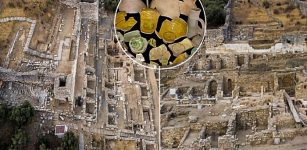 Cisterns Unearthed In Metropolis, Turkey Give Insight Into Daily Life Of Its Inhabitants 1,500 Years Ago
Archaeology | Jan 5, 2021
Cisterns Unearthed In Metropolis, Turkey Give Insight Into Daily Life Of Its Inhabitants 1,500 Years Ago
Archaeology | Jan 5, 2021 -
 Ancient City Of Metropolis: Ruins With Traces Of The Hittites, Hellenistic, Roman, Byzantine And Ottoman Empires
Archaeology | Jan 8, 2018
Ancient City Of Metropolis: Ruins With Traces Of The Hittites, Hellenistic, Roman, Byzantine And Ottoman Empires
Archaeology | Jan 8, 2018 -
 Secrets Of Ancient Skeletons Found In York – Who Were They And Where Did They Come From?
Archaeology | Jan 20, 2016
Secrets Of Ancient Skeletons Found In York – Who Were They And Where Did They Come From?
Archaeology | Jan 20, 2016 -
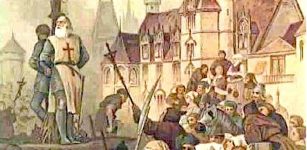 On This Day In History: Knights Templars’ Jacques de Molay Burned At The Stake – On Mar 18, 1314
News | Mar 18, 2017
On This Day In History: Knights Templars’ Jacques de Molay Burned At The Stake – On Mar 18, 1314
News | Mar 18, 2017 -
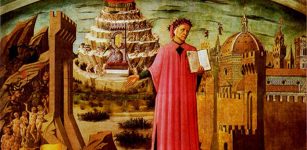 On This Day In History: Dante Alighieri Famous For His ‘Divine Comedy’ Born – On May 9, 1265
News | May 9, 2016
On This Day In History: Dante Alighieri Famous For His ‘Divine Comedy’ Born – On May 9, 1265
News | May 9, 2016 -
 3D Scans Used To Study Mysterious Roman Burial Practice
Archaeology | Jun 5, 2023
3D Scans Used To Study Mysterious Roman Burial Practice
Archaeology | Jun 5, 2023 -
 Hundreds Of Fascinating 24,000-Year-Old Cave Paintings Discovered In Eastern Iberia
Archaeology | Sep 11, 2023
Hundreds Of Fascinating 24,000-Year-Old Cave Paintings Discovered In Eastern Iberia
Archaeology | Sep 11, 2023 -
 Motilla del Azuer: Impressive And Unusual 3,200-Year-Old Fortress
Featured Stories | Nov 13, 2018
Motilla del Azuer: Impressive And Unusual 3,200-Year-Old Fortress
Featured Stories | Nov 13, 2018 -
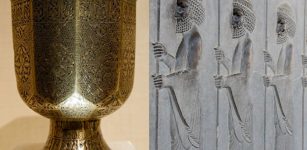 Cup Of Jamshid – Holy Grail Of Ancient Persia Offered Immortality And Visions Of The Future
Featured Stories | Jan 16, 2019
Cup Of Jamshid – Holy Grail Of Ancient Persia Offered Immortality And Visions Of The Future
Featured Stories | Jan 16, 2019 -
 New Interpretation Of A 4,000-Year-Old Cemetery In Present-Day Slovakia
Archaeology | Dec 21, 2022
New Interpretation Of A 4,000-Year-Old Cemetery In Present-Day Slovakia
Archaeology | Dec 21, 2022 -
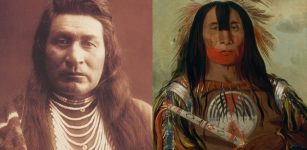 Why Do Native Americans Often Wear Long Hair?
Ancient History Facts | Sep 19, 2019
Why Do Native Americans Often Wear Long Hair?
Ancient History Facts | Sep 19, 2019 -
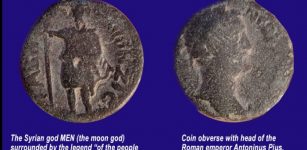 Unique 1800-Year-Old Roman Coin Unearthed On Southern Carmel
Artifacts | Mar 1, 2021
Unique 1800-Year-Old Roman Coin Unearthed On Southern Carmel
Artifacts | Mar 1, 2021 -
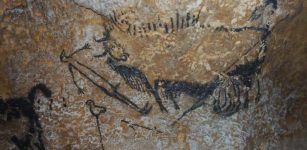 Ancient People Possessed Far Greater Knowledge Of Astronomy Than Previously Believed – Researchers Say
Archaeology | Nov 28, 2018
Ancient People Possessed Far Greater Knowledge Of Astronomy Than Previously Believed – Researchers Say
Archaeology | Nov 28, 2018 -
 Was Tutankhamun’s Chariot Equipped With Its Own Sunshade?
Archaeology | Jun 27, 2019
Was Tutankhamun’s Chariot Equipped With Its Own Sunshade?
Archaeology | Jun 27, 2019 -
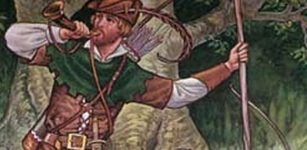 Unraveling The Secret History Of King Arthur And Robin Hood
Featured Stories | Jul 14, 2015
Unraveling The Secret History Of King Arthur And Robin Hood
Featured Stories | Jul 14, 2015 -
 1,700-Year-Old Roman Bust Excavated In Ancient City Of Soli Pompeiopolis In Turkey
Archaeology | Jul 19, 2018
1,700-Year-Old Roman Bust Excavated In Ancient City Of Soli Pompeiopolis In Turkey
Archaeology | Jul 19, 2018


